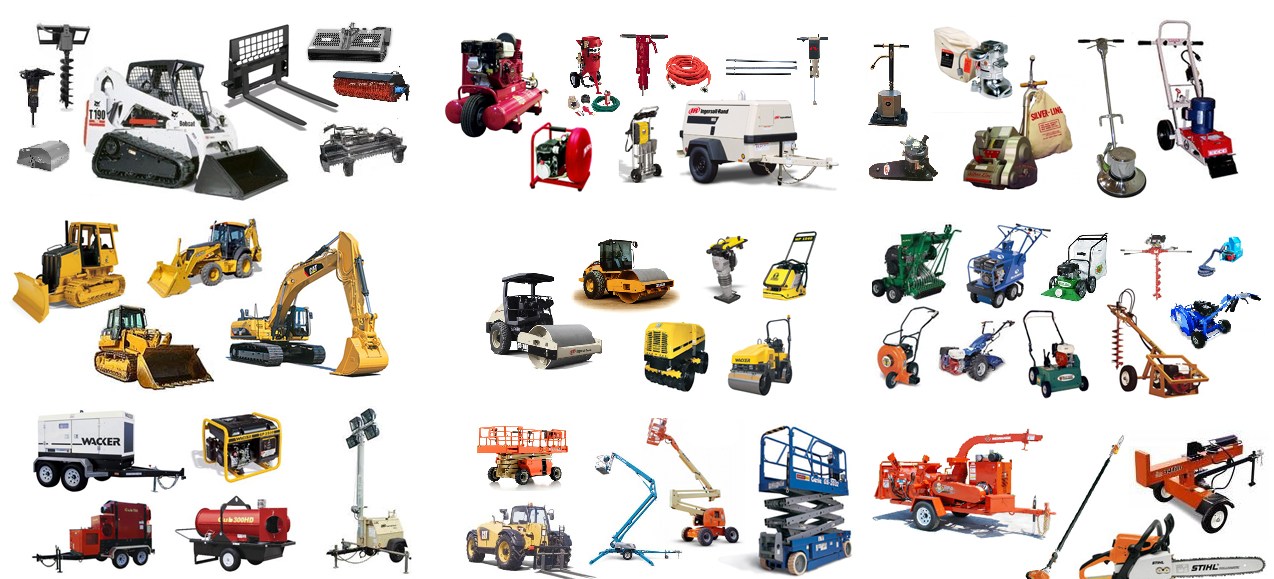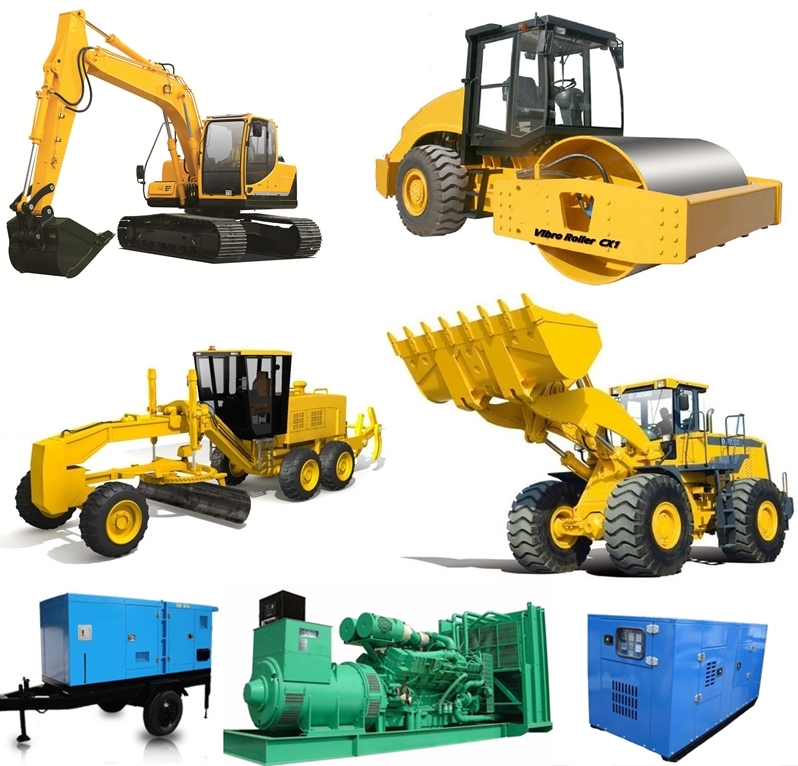Optimize Your Budget Plan by Comprehending the Costs Associated With Building And Construction Devices Leasings
Understanding the full extent of costs connected with building and construction equipment leasings is critical for maximizing your budget plan. What approaches can be employed to successfully take care of these costs and guarantee an extra efficient rental experience?
Overview of Rental Expenses
When considering construction equipment rentals, understanding the connected costs is critical for effective budgeting and project preparation. Rental costs can differ considerably based upon a number of variables, including tools type, period of rental, and place. The initial rental charge commonly reflects the devices's market need and its connected functional capabilities, affecting the total expense.
Along with the base rental rate, supplementary prices may develop, such as transport fees, gas additional charges, and maintenance fees. It is necessary to represent these added expenses to precisely analyze the total expense of leasing tools. The rental duration can influence pricing; longer leasings may certify for affordable rates, while short-term rentals may sustain greater day-to-day charges.

Break Down of Rental Rates
An extensive understanding of rental rates is important for professionals and project managers intending to maximize their spending plans. Rental prices for building equipment generally include numerous parts, consisting of base rates, time-based charges, and use costs.
Base rates are the core charges associated with the service of the tools, commonly identified by the type and dimension of the equipment. These rates can differ dramatically, influenced by factors such as tools need, availability, and local market patterns. Time-based charges, which might be daily, weekly, or monthly, offer to accommodate various job timelines and rental durations.
In addition, rental prices may consist of usage fees, which apply when devices is utilized past a specified limit, making sure that the rental company can account for deterioration. Seasonal demand variations can also influence rental rates, with peak building and construction seasons typically regulating higher costs.
Furthermore, recognizing the rental business's plans concerning maintenance and insurance can supply further understanding right into the general price structure. By assessing these components, service providers can make enlightened choices, making certain the choice of rental equipment lines up with both task requirements and spending plan constraints.
Additional Charges to Take Into Consideration
Understanding the complexities of extra costs is crucial for professionals to manage their general service expenditures properly. Past the standard rental rates, various extra costs can dramatically influence the complete price of tools service. These costs often consist of delivery and pick-up costs, which can differ based upon range and logistics associated with moving the tools to and from the work website.
Additionally, some rental firms might impose fuel surcharges if the equipment is returned with less gas than when rented out. It is additionally crucial to recognize possible cleansing charges, especially for specific devices that needs complete upkeep after usage.

Thoroughly reviewing the rental arrangement and clearing up these extra fees ahead of time can assist professionals stay clear of unforeseen expenses and ensure that spending plans stay intact throughout the job lifecycle.
Repair And Maintenance Expenses
Normal repair and maintenance costs are frequently forgotten elements that can dramatically influence the total cost of building and construction equipment services. When renting devices, it is crucial to think about not just the rental fees yet also the prospective prices related to maintaining the equipment in optimal operating condition.
Several rental companies include standard maintenance as part of the rental contract; nevertheless, extra unforeseen failures or extensive repair work can cause added expenses. It's vital to examine the rental agreement carefully to understand what maintenance services are covered and what obligations drop on the occupant.
Furthermore, devices that is not well-kept can cause inadequacies at work website, possibly causing delays and increasing project costs. To reduce these dangers, it is recommended to carry out routine evaluations and preserve open communication with the rental company relating to any type of problems that occur during use.
Insurance and Liability Prices
Insurance policy and responsibility prices are important elements that can substantially affect the overall expense of building and construction tools leasings (scissor lift rental). These expenses ensure that both the rental company and the client are secured from you can look here potential economic losses arising from crashes, damages, or burglary throughout the rental period

Furthermore, clients must know any type of deductibles or exclusions in the insurance plan, as these can influence potential out-of-pocket costs. Recognizing the terms and conditions of any type of insurance protection is important to stay clear of unexpected expenses. Inevitably, budgeting for insurance and obligation expenditures can help make sure a smoother rental experience and protect against economic threats connected with building and construction projects.
Final Thought
To conclude, a comprehensive understanding of the expenses connected with building and construction equipment leasings is necessary for reliable budget administration. By examining rental prices, added fees, maintenance expenses, and insurance coverage individuals, organizations and demands can decrease unanticipated expenses. This tactical strategy not only improves cost-effectiveness but also makes certain that tasks proceed smoothly and successfully. Inevitably, educated decision-making regarding tools services adds to the total success of building and construction undertakings.
Rental prices can differ substantially based on a number of factors, consisting of devices type, period of leasing, and location (construction equipment rentals). The rental period can influence prices; longer services might qualify for affordable rates, while temporary leasings could incur greater everyday charges
By performing extensive research and involving with respectable rental companies, service providers can successfully navigate the complexities of rental rates, eventually optimizing their monetary sources.
Beyond the typical rental rates, numerous additional costs can considerably influence the total expense of tools rental. Rental business often supply responsibility insurance coverage that covers injuries to 3rd parties or damages to residential or commercial property, while tools damages insurance can cover the expense of repairs or replacement if the rented out equipment is harmed.